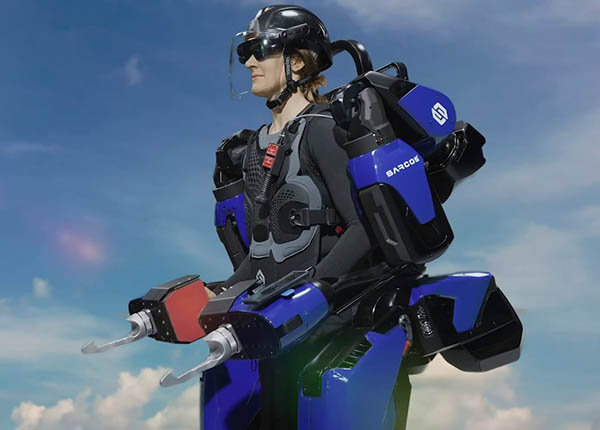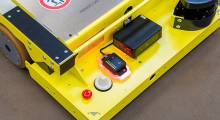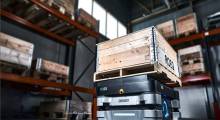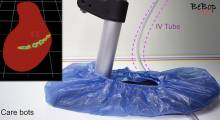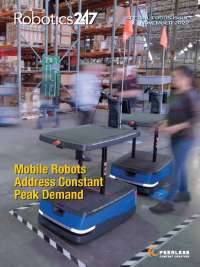Just as several organizations are addressing interoperability among autonomous mobile robots in warehouses, so too is management of both drones and ground robots of interest to the U.S. Department of Defense. Today, Sarcos Defense and BAE Systems PLC announced that they are jointly developing advanced perception and sensing capabilities for autonomous platforms for the U.S. Air Force Research Laboratory, or AFRL.
“We look forward to seeing the results of this research project and the potential impact it may have on our U.S. defense operations,” said Dr. Peter Zulch at AFRL. “Better perception and improving sensing lags are critical challenges, particularly as autonomous systems become more widely used. Sarcos and BAE Systems are best positioned to develop a solution that will enable these platforms to better communicate and share information to enhance safety and help us make critical operational decisions faster.”
Sarcos Defense is a wholly-owned subsidiary of Salt Lake City-based Sarcos Robotics, which develops robots to augment human capabilities and enhance productivity and safety. London-based BAE Systems is a leader in defense, security, and aerospace technologies.
Air Force awards contract
The AFRL awarded Sarcos and BAE Systems FAST Labs a $1.69 million contract to work on a collaborative sensing platform in Rome, N.Y. (BAA FA8750-20-S-7014). The companies said they expect the work to continue through 2023, culminating with the demonstration of the new system.
This platform will aim to address the complex issues that involve the coordination of both individual and multiple cooperating heterogeneous autonomous platforms, said BAE Systems and Sarcos. These include unmanned aircraft systems (UASes) and unmanned ground vehicles (UGVs) equipped with standard multi-modal sensors, such as cameras, radar, and lidar.
The system will combine multiple environmental inputs with artificial intelligence and machine learning to enable unmanned systems to work together in greater harmony, both alone and in “swarm” scenarios, said the companies. The platform is intended to improve situational awareness and safety, they added. It will include accurate detection, tracking, and classification of time-critical objects, particularly in unstructured environments.
Sarcos expects commercial applications
Sarcos said it expects to apply this research in its commercial robotics products, particularly in its forthcoming Cybernetic Training for Autonomous Robots (CYTAR) AI platform, which Sarcos is also working with AFRL to develop.
The company plans to use lessons from this research to further improve situational awareness and safety for its systems, including its Guardian XT highly dexterous teleoperated robot and Guardian XO full-body, battery-powered industrial exoskeleton.
“This collaboration represents an exciting opportunity to bring together a team of world-renowned experts from both academia and DoD contractor organizations to develop a solution that will enable the military and other entities to operate autonomous platforms with greater speed and efficacy,” said Dr. Denis Garagić, chief scientist for advanced systems and AI at Sarcos. “This project has wide-reaching implications, enabling safer and much more accurate deployments of autonomous platforms while improving data quality and overall operational efficiency.”
“At Sarcos, we believe this technology will also assist us with the operation of our own technologies, including our CYTAR AI platform for autonomous robots,” he said. Sarcos announced in April that it plans to merge with special-purpose acquisition company (SPAC) Rotor Acquisition Corp.
Article topics
Email Sign Up

